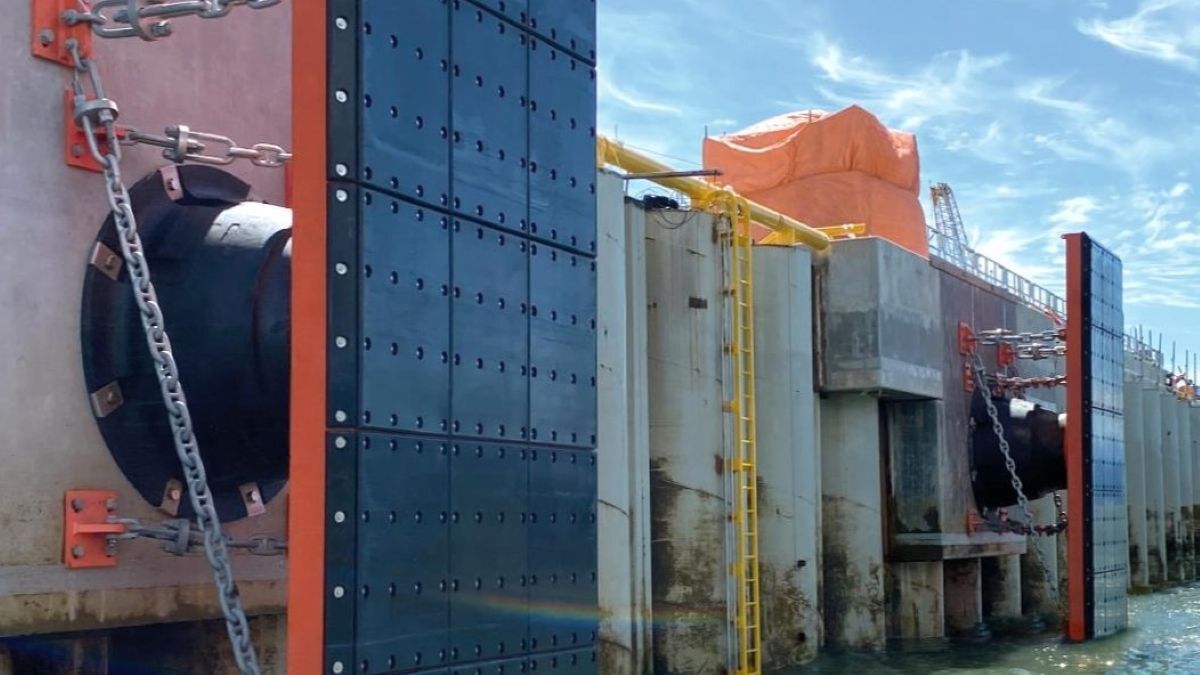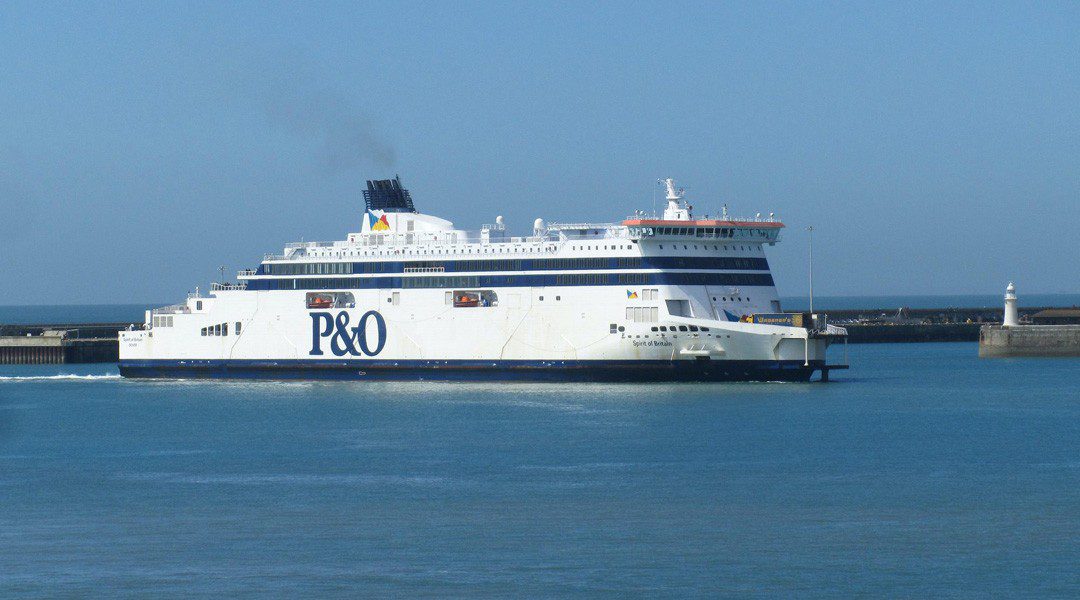 A special solution comprised of different fender systems for LNG export terminal (source: SFT)
A special solution comprised of different fender systems for LNG export terminal (source: SFT)
The construction of the Kitimat LNG export terminal in Canada requires a separate, new facility to unload the construction materials and specially designed fenders to protect the vessels involved
No two LNG export facilities are alike, which brings construction challenges. This was emphasised at the Kitimat LNG export terminal under construction in Canada, where a facility is being built to handle the construction materials and construction equipment.
A 550-m material offloading facility (MOF) was developed to receive building materials and support the construction of this terminal.
Vessels calling at the MOF have special requirements regarding pressure on the hulls when mooring. The fender design for the LNG terminal required several different load cases and berthing angles which led to LNG fenders with two distinct setups.
A significant obstacle encountered during the MOF development involved the combi wall, which required a customised flange integrating the system chain’s attachments. This approach eliminated the need for welding additional components to the combi wall, simplifying and accelerating the installation.
Another significant challenge was the roro terminal’s design, particularly the hull pressure (HP) requirement for smaller vessels. This posed a unique problem as these vessels do not make full contact with the fender panel, affecting the HP calculations.
Complicating things further, SPC fenders are buckling type fenders, meaning that the first peak of reaction force occurs early in the deflection process. The provided solution – wider panels – ensures sufficient contact area to meet the HP requirements.
ShibataFenderTeam has designed and delivered a customised solution comprised of different fender systems which includes 35 double cone fender systems for the MOF.
For the roro terminal, four double cone fender systems are employed and for the LNG texport terminals, there are four cone fender systems.
All of them with exceptionally large closed box panels which were shipped to Prince Rupert, British Columbia, and then transported by truck another 200 km before reaching final destination.
The Kitimat LNG facility represents the largest private sector investment in Canadian history covering over 430 hectares. This export terminal will operate numerous process plant and marine installations to export 26M tonnes of LNG.
Riviera Maritime Media’s LNG Shipping & Terminals Conference will be held in London, 12 November 2024,click here to register your interestin this industry-leading event





